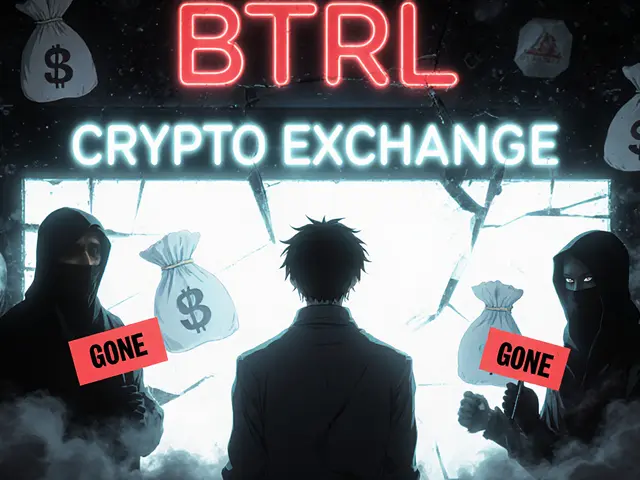Tux Exchange Review – In‑Depth Look at Fees, Security & Features
When checking out Tux Exchange, a crypto exchange platform that offers spot trading, futures contracts, and a native token. Also known as Tux, it aims to provide low‑fee trading and robust security for both beginners and pros. As a crypto exchange, it connects users to multiple liquidity pools, supports dozens of assets, and offers both web and mobile interfaces, Tux positions itself between heavyweight platforms and niche DeFi aggregators. The service promises Tux Exchange review insights that focus on real‑world usability rather than marketing hype.
One of the first things traders notice is the trading fees, the charges per transaction, typically expressed in basis points and applied to maker and taker orders. Tux advertises a tiered fee structure that drops below 0.05% for high‑volume users, which is competitive when you compare it to the 0.1%‑0.2% range on many centralized exchanges. Lower fees can boost net returns, especially for day traders who execute dozens of trades daily. However, fee discounts are tied to holding the native TUX token, so the platform creates a feedback loop: more token holders → lower fees → higher trading volume.
Security is another pillar that the platform leans on heavily. Its security measures, include two‑factor authentication, hardware‑wallet integration, cold‑storage for the majority of assets, and an insurance fund covering hot‑wallet breaches are audited yearly by an external firm. The exchange also offers withdrawal whitelists and IP‑based access controls, which many seasoned traders consider essential. While no system is 100% hack‑proof, Tux’s layered approach mirrors best practices seen at top‑tier exchanges and helps build user trust.
How Tux Fits Into the Wider Crypto Landscape
Beyond spot and futures, Tux integrates a DEX aggregator that pulls liquidity from decentralized protocols, allowing users to access deeper order books without leaving the platform. This hybrid model blurs the line between centralized convenience and decentralized transparency. It also means that the tokenomics of the native TUX token influence both fee discounts and governance voting rights, tying community participation to platform growth. The combination of low fees, strong security, and aggregated liquidity positions Tux as a versatile player for retail traders, institutional investors, and DeFi enthusiasts alike. Below you’ll find a curated set of articles that dive deeper into each of these aspects—fee breakdowns, security audits, token utility, and comparative analyses with other exchanges. Whether you’re weighing the pros of Tux against alternatives or just want to sharpen your trading strategy, the guides ahead give you actionable insights you can use right away.
A detailed review of Tux Exchange covering fees, supported assets, security, user experience, regulatory issues, and why the Canadian crypto exchange shut down.
Read More





